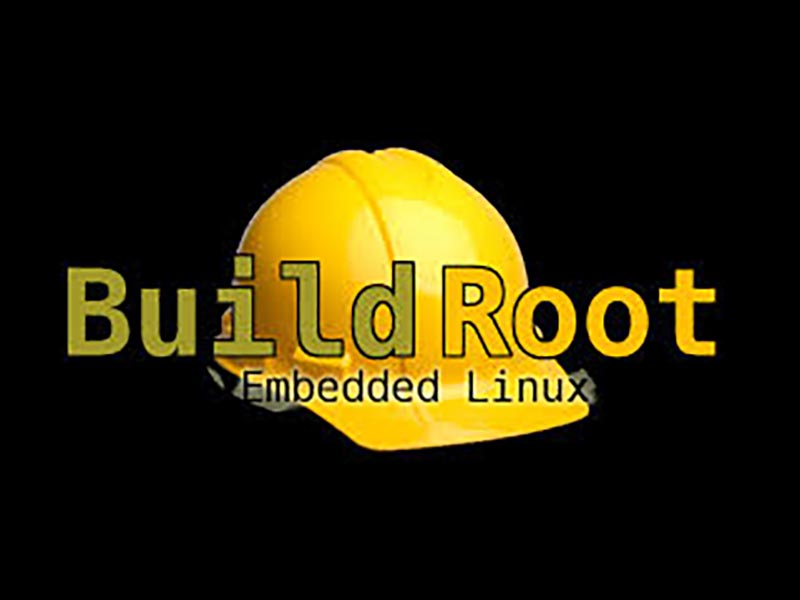How to Choose the Best Embedded Linux for Your Next Project
Discover the key factors to consider when choosing an Embedded Linux distribution. Compare Yocto, Buildroot, Ubuntu Core, and Debian to find the best fit for your embedded system or IoT device.

In today’s world of smart devices, edge computing, and the Internet of Things (IoT), Embedded Linux SBCs (Single Board Computers) are becoming a go-to choice for developers building interactive and connected products. From smart home control panels to industrial HMIs, these compact yet powerful boards offer the performance and flexibility needed to develop modern embedded solutions.
According to market research, the embedded Linux market is expected to surpass $12 billion by 2025, driven by the rapid expansion of smart devices and industrial automation. Choosing the right distribution isn’t just a technical decision — it can define your project’s long-term success.
Why Embedded Linux Matters
Unlike general-purpose operating systems, Embedded Linux is designed for flexibility. Developers can strip it down to run on resource-constrained hardware or expand it to support advanced UI and networking features.
Some key industries where Embedded Linux is widely used include:
- 3C communication: lightweight, fast, and cost-efficient designs.
- Automotive: powering infotainment systems and control units.
- Medical equipment: ensuring accuracy, stability, and long-term availability.
- Robotics: enabling real-time control and AI integration.
Its adaptability makes it the common language across embedded platforms.
Types of Embedded Linux Distributions
When selecting a distribution, there are two main categories:
1. Full-Featured Distributions
Examples: Ubuntu Core, Debian
Best suited for applications with rich graphical interfaces.
They include package managers, extensive libraries, and strong community support.
Downsides: higher resource consumption, not ideal for smaller systems.
2. Lightweight / Customizable Distributions
Examples: Yocto Project, Buildroot
Designed for resource-limited devices like IoT gateways and smart panels.
Enable developers to build fully customized images optimized for their hardware.
Focus: performance, reliability, and reduced overhead.
👉 For size- and performance-critical systems, Yocto or Buildroot is usually the best choice.
Key Criteria to Evaluate
When comparing options, evaluate:
- Hardware support: Is your target CPU (ARM, x86, MIPS) supported?
- Long-term maintenance: Security patches and updates are essential for multi-year products.
- Community & documentation: Strong ecosystems accelerate troubleshooting.
- Customization: Can you easily add or remove components?
- Performance benchmarks: Memory usage, boot time, and driver stability should meet your needs.
Common Development Challenges
Building embedded systems with Linux is powerful — but not always easy.
- Hardware diversity: Kernel configuration and driver porting require expertise.
- Resource limitations: Limited memory and CPU demand careful optimization.
- Kernel tuning: Achieving fast boot or real-time behavior can take time and testing.
That’s why good documentation and community support are crucial when selecting your Linux base.
Industry Standards to Keep in Mind
In fields like automotive and medical, safety and security compliance are mandatory.
Key factors include POSIX compliance, LTS kernels, and regular security updates.
Many companies rely on commercial Embedded Linux options — providing certifications, professional support, and guaranteed long-term maintenance.
Comparing Popular Options
| Distribution | Strengths | Best Use Case |
|---|---|---|
| Yocto Project | Highly customizable, flexible layers | Long-term industrial and OEM projects |
| Buildroot | Lightweight, simple configuration | Rapid prototyping and small IoT devices |
| Ubuntu Core | Secure, modular, Snap ecosystem | IoT products and cloud integration |
| Debian | Stable, widely supported | General-purpose and community-driven SBCs |
For instance, Raspberry Pi has strong Linux support across all four, making it ideal for testing and education.
Conclusion
Choosing the right Embedded Linux distribution is about finding balance — between resources, long-term goals, and compliance requirements.
Whether you’re designing an industrial robot, smart appliance, or medical display, Embedded Linux provides the flexibility and stability that modern projects demand.
As IoT and automation continue to grow, making the right choice today ensures your systems remain secure, scalable, and future-ready tomorrow.